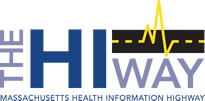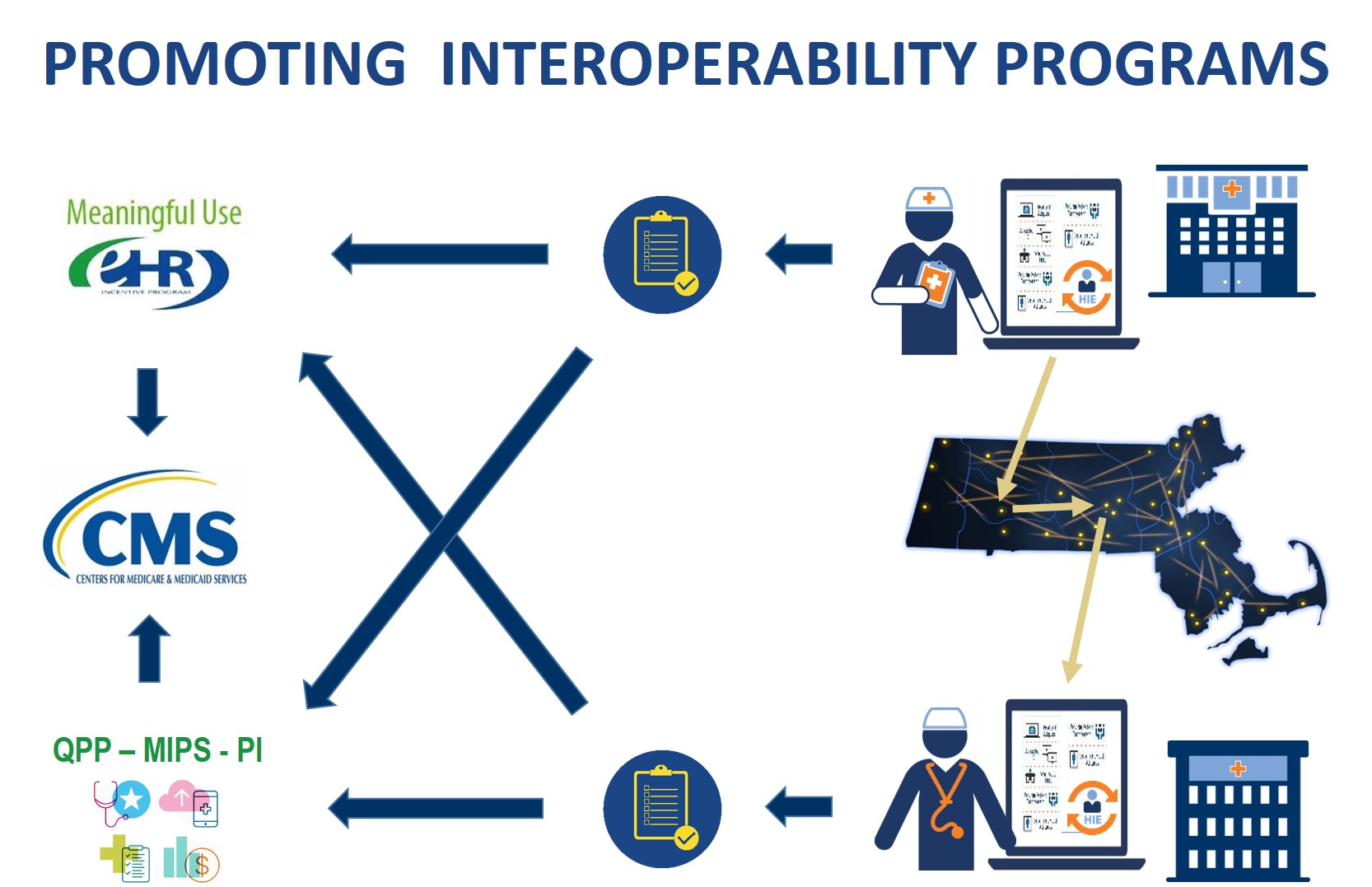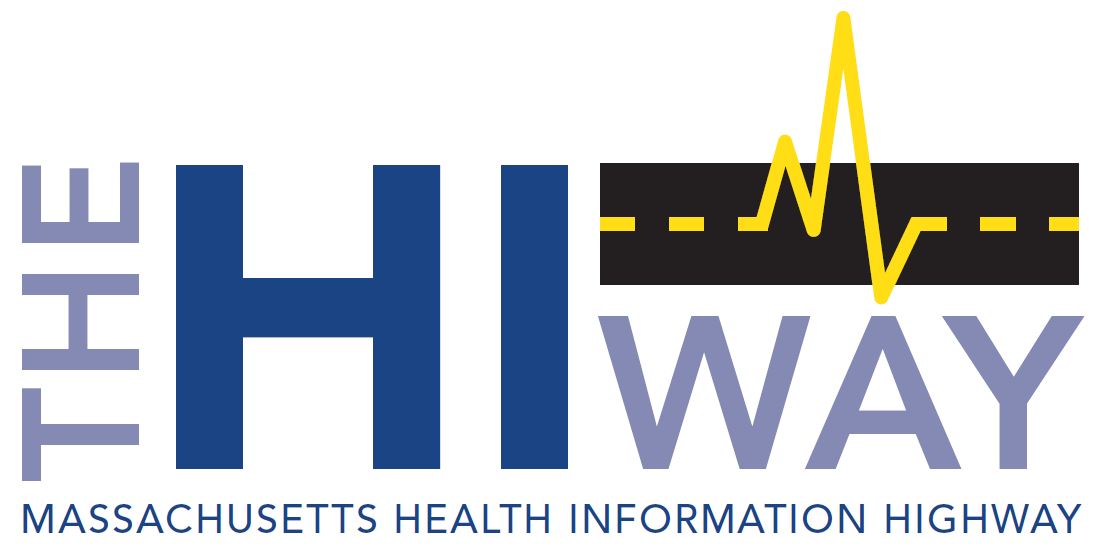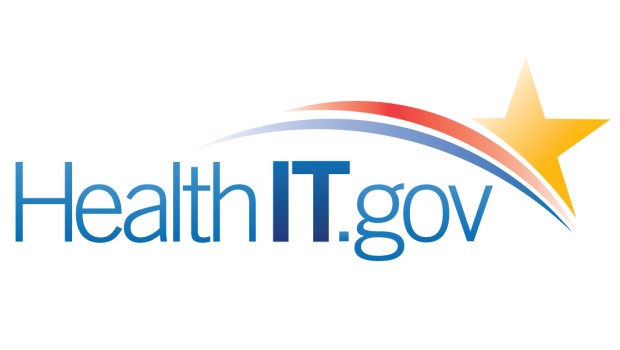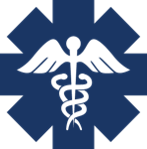The HITECH Act of 2009 was passed to advance the adoption and Meaningful Use of Electronic Health Record systems (EHR) and electronic Health Information Exchange (HIE). The goal is to improve the quality, safety, and efficiency of health care through the effective use of Health IT. In this context, Meaningful Use specifies utilization, security, and interoperability standards.
Since 2011, implementation of the Meaningful Use (MU) standards has been promoted through the Medicare and Medicaid EHR Incentive Programs. By participating in the programs, eligible healthcare providers have been able to earn incentives based on meeting MU requirements.
Recently, the Federal government updated how it promotes the use of EHRs and HIE. In 2017, the Medicare EHR Incentive Program became a component of the Quality Payment Program (QPP) based on the MACRA act of 2015. In 2018, the Meaningful Use component of QPP was renamed to Promoting Interoperability (PI). Instead of the EHR incentives, providers now earn payment adjustments to their Medicare reimbursements based on meeting the PI requirements.
The Medicaid EHR Incentive program, which is administered by the states, is still based on the MU requirements. Nevertheless, in 2018, the umbrella name for all of these programs became the Promoting Interoperability programs.
The MU and PI requirements are very similar. To qualify for Medicaid incentives and/or positive Medicare payment adjustments, providers need to meet the MU/PI requirements. Providers must adopt Certified EHR Technology (CEHRT), use HIE to coordinate care, engage with patients electronically, use clinical decision support technology, maintain the privacy and security of the electronic health information, report public health data, and meet other utilization standards.
The role of Direct Messaging in MU/PI
There are three MU/PI requirements that require the Direct standard of transport to securely exchange health information electronically across computer networks:
- Health Information Exchange (HIE) of a Summary of Care record for Transitions of Care
- Patient Access with the ability to View, Download, Transmit their medical record (VDT)
- Public Health Reporting
For more details, review the MU Stage 3, and QPP PI requirements.
To implement Direct Messaging, start with connecting to a HISP
To implement Direct Messaging for the purpose of MU/PI, providers need to connect their CEHRT to a HISP (Health Information Services Provider). Using Webmail is not sufficient for MU/PI. A HISP is an entity that manages the secure electronic exchange of health information across a network of healthcare organizations and professionals using the Direct standard for transport. HISPs provide the technical infrastructure and services needed to send and receive Direct messages across their network.
The term HISP refers to the message transport functions needed to support the scaled deployment of the Direct standard across the healthcare market. These functions can be performed by the EHR vendor, by a healthcare organization or hospital, or by standalone entities specialized in HISP services. For instance, the Mass HIway is a standalone HISP.
To exchange messages via a HISP network, you need a Direct address, which is provided by your HISP. A Direct address is like a secure email address that identifies you on the network. You can exchange Direct messages with providers with a Direct address and connected to the HISP network.
Using an analogy, you may have Microsoft Outlook on your computer, but you can only send and receive emails if you have an email address, and your computer is connected to an email network. Likewise, if your CEHRT can exchange Direct messages, you can only send and receive messages if you have a Direct address and are connected to a secure HISP network.
HISPs establish trust networks by defining policies for network participation. Each HISP performs two key activities to regulate and scale the exchange of Direct messages across their network:
- Issue security certificates: The security certificates are tied to a HISP anchor certificate established to enforce the participation policies.
- Issue Direct addresses: Direct addresses are tied to the HISP anchor certificate in accordance with conventions defined by the Direct standard.
After you become a member, the HISP will provide the network services that connect your EHR to other EHRs using the Direct standard for communications. The services enable you to exchange Direct messages to coordinate patient care with other providers, as required for MU/PI.
HISP to HISP connections
HISPs can connect to other HISPs to expand their network. In this case, Direct messages can not only be exchanged within their network, but also via the other HISP networks. The Direct messages will transfer from one HISP to another as necessary to complete the information exchange. This expands the network with whom you can exchange health information, which helps in meeting the MU/PI requirements.
The Mass HIway is connected to many other HISPs which allows HIway users to exchange messages with the members of these HISPs. Vice versa, if you are a member of any of these HISPs, you can access the HIway network, provided your HISP configures your system to enable access to the Mass HIway. Your HISP will still provide you with your security certificate and Direct address, but you will be able to exchange messages across the Mass HIway. As a member of the HISP you will pay their access fees, but your Mass HIway fees will be waived.
The Mass HIway and other HISPs in Massachusetts
You are not required to use any specific HISP for MU/PI, and there are many HISPs operating in the Commonwealth you can choose from. In practice, CEHRT vendors may dictate the HISPs available to their users, provided the vendors don’t block transmission of electronic health data.
Whether you can connect to a particular HISP therefore largely depends on which HISPs your CEHRT vendor supports. Some CEHRT vendors may require providers to use a specific HISP, which may be their own, or a standalone HISP they integrated with their EHR. Other vendors allow providers to choose any HISP they prefer, and the vendor will integrate the HISP accordingly.
If a vendor allows you to choose a HISP, you can choose to connect to the Mass HIway. If a vendor requires you to use a designated HISP, you can connect to the HIway indirectly via this HISP. This requires that the HISP is connected to the Mass HIway as explained above.
DirectTrust accreditation
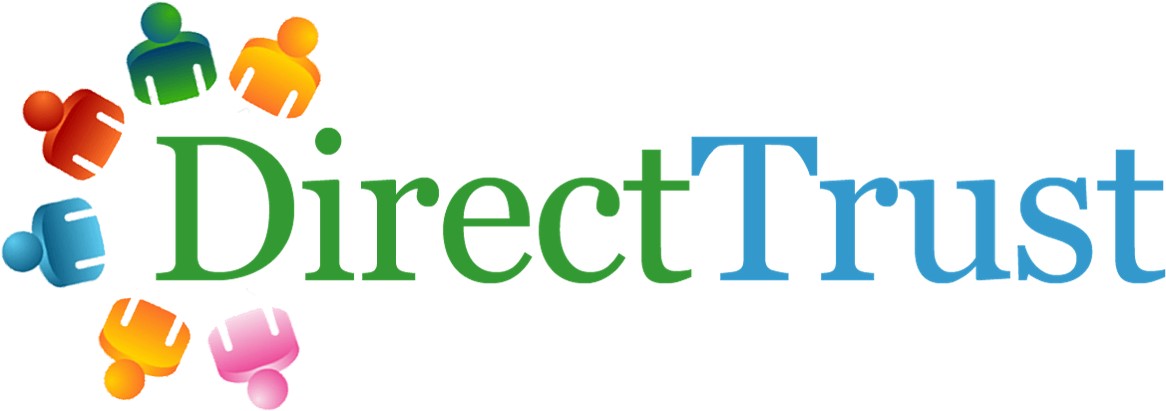 With the release of Mass HIway 2.0, the HIway became a member of the DirectTrust network. DirectTrust is a private non-profit organization that accredits HISPs on a voluntarily basis through its EHNAC DTAAP program. A significant advantage of this widespread network is that it connects many HISPs.
With the release of Mass HIway 2.0, the HIway became a member of the DirectTrust network. DirectTrust is a private non-profit organization that accredits HISPs on a voluntarily basis through its EHNAC DTAAP program. A significant advantage of this widespread network is that it connects many HISPs.
By connecting to the DirectTrust network, it becomes easier for healthcare providers to find trading partners to exchange health information with. This will therefore improve your ability to meet the MU/PI HIE requirements.
DirectTrust is not a Federal certification entity, and the EHNAC DTAAP accreditation process is unrelated to the MU/PI certification. You don’t need your HISP to be part of DirectTrust for the purpose of MU/PI.
Nevertheless, participating in the DirectTrust network will likely expand your HIE access to more provider organizations. This would increase your ability to meet the required MU HIE thresholds.
The role of HISPs in meeting the MU/PI requirements
There are limitations how you can use a HISP to fill the MU/PI requirements:
- Any HISP, including the Mass HIway, can be used to meet the MU/PI HIE requirement.
- Most HISPs, including the Mass HIway, don’t have the ability to connect directly with patients. Therefore, they can’t assist with fulfilling the MU/PI VDT requirement. This is typically not an issue, as EHR vendors provide other means to connect with patients. For instance, they provide Application Programming Interfaces (API) to connect to patient portals.
- In Massachusetts, the Mass HIway can be used to meet the Commonwealth’s Public Health Reporting requirements.
Meeting the MU/PI HIE requirements
The MU/PI HIE requirements specify that you must electronically send Summary of Care documents from your CEHRT to other care settings. This requires you to connect to a HISP. Furthermore, you must have reasonable certainty the other care settings receive the documents.
- You need to send Summaries of Care documents containing at least problem lists, medications, and medication allergies. For MU Stage 3, you need to specifically send C-CDA documents that receivers would be capable of electronically incorporating as a C-CDA.
- Your CEHRT must create the Direct messages that include Summary of Care documents. The messages must be transmitted from your CEHRT using either the SMTP/SMIME or XDR/SOAP protocol.
- While a HISP performs message transport functions that provide the assurance messages will be delivered to the intended recipients, this doesn’t constitute reasonable Certainty of Receipt. For MU/PI, you need additional means to document certainty, such as a confirmation of receipt, or that a query of the Summary of Care document has occurred.
- You can send Direct messages to intended recipients using one or more HISPs. Your messages may make any number of transfers between your CEHRT and the final destination across multiple interconnected HISPs, as long as you have certainty the messages will be received.
Certainty of Receipt of HIE messages
As discussed above, the MU/PI HIE requirements specify that you must have reasonable Certainty of Receipt of the Summary of Care messages you send via HIE. This is more than establishing assurance of delivery. Certainty of Receipt requires that you know whether the receiving party actively receives and reads the incoming Direct messages.
The mere existence of a Direct address does not provide certainty the owner of the address receives and reads the messages. For instance, if the receiving party is still testing their HISP connection, that would not be reasonable Certainty of Receipt for the purpose of MU/PI. You need to coordinate with the intended recipients that you will jointly use HIE for your care coordination.
A robust way to be assured of message delivery is for your CEHRT to receive Message Disposition Notifications (MDNs) for the messages sent by your CEHRT. MDNs provide a notification of the disposition of a message, which would typically include whether a message was read or discarded. Not all receiving systems or HISPs can generate MDNs, and not all CEHRT systems can process MDNs if these are returned. However, if you receive MDNs and the MDNs include whether the recipients read the messages, the MDNs can be used to establish Certainty of Receipt, provided you make sure the recipients actively use their HIE connection to coordinate care.
Other methods of assurance of delivery are notifications of failure of delivery (like emails), or HISP message delivery logs. None of these methods indicate whether the recipients actively received and read the messages. As such, these methods don’t establish Certainty of Receipt.
So while assurance of delivery is a good start, for MU/PI you will need more than notifications of failure of delivery, or transaction logs to establish reasonable Certainty of Receipt. To establish the supporting documentation required for MU/PI, you will need an actual confirmation of receipt, or that a query of the Summary of Care document has occurred. This typically requires a separate communication back from the recipient, such as an MDN, a Direct message received back from the recipient, or proof of a query by the recipient.
The Mass HIway provides Direct message transport services that offer reasonable assurance of delivery. Once your CEHRT sends a Direct Message to the HIway, the HIway can assure your message will reach the intended recipient. Upon special request, the Mass HIway can provide a log of transactions by sender, recipient, and timestamp for when messages reached the Mass HIway. However, the HIway cannot see the message content nor whether the message is actively received and read. As such, the Mass HIway logs doesn’t establish Certainty of Receipt. However, if the recipients send back MDNs or Direct messages via the Mass HIway, then you can establish Certainty of Receipt as described above.
Using the Mass HIway is optional for the MU/PI HIE requirement
As you can connect to any HISP to meet the MU/PI HIE requirements, there is no prerequisite to connect to the Mass HIway for this purpose. Nevertheless, the Mass HIway is a great choice for meeting the requirements.
The Mass HIway provides a trust community that issues security certificates and Direct addresses to eligible participants and provides Direct message transport services for its participants. Consider that many providers and payers already use the Mass HIway. Therefore, connecting to the HIway can make it easier to meet the MU/PI HIE requirements, because you may be connected instantly with many of the providers you share patients with.
To learn more about how to connect to the Mass HIway for Direct Messaging, click here.
HIE functionality needed for EHR certification
As discussed above, MU/PI attestation requires you to have a CEHRT. To prove you have a CEHRT, you need to obtain an EHR Certification ID from ONC, the Office of the National Coordinator for Health Information Technology. To obtain the ID, visit the ONC CHPL website and create a list of the certified EHR products you use. You can search for your products by product name or CHPL (Certified Health IT Product List) number. If your list of products meets all MU/PI requirements, the website will issue an EHR Certification ID for your system*.
To meet the MU/PI requirements, you need to perform electronic Health Information Exchange using your CEHRT. To obtain an EHR Certification ID, your EHR must therefore incorporate the HIE functionality needed to satisfy MU/PI. This must include all the features you need to create, send, receive, read, and reconcile the Direct Messages exchanged via your HISP.
If your EHR does not include the necessary HIE functions, you can add an ONC certified HIE product that fills the gaps. This product can come from an EHR vendor or a HISP company, as long as the HIE technology is certified to work in conjunction with your EHR. In this case, the product you use must be added to your product list when you obtain your EHR Certification ID.
HIway 2.0 uses the Orion Health Communicate platform, which is certified by ONC as an HIE product that meets the 2015 CEHRT requirements for HIE. Details of the ONC certification can be found here. If your EHR does not have the required HIE capabilities, you can potentially use HIway 2.0 to fill the gaps based on the Communicate platform. To satisfy MU/PI, your EHR to HIway 2.0 connection will need to be setup to exchange Direct-compliant SMTP or XDR messages directly from your EHR**. Once this works, you can create your EHR Certification ID by adding Orion Health’s Communicate to your product list.***
To attest to MU/PI, an eligible provider needs an EHR-generated dashboard or report that shows the percentage of referrals/transitions of care the provider generated electronically from the EHR, resulting in Summary of Care records sent via HIE. The dashboard or report must also include the numerator (referrals/transitions sent via HIE) and denominator (total referrals/transitions). The Communicate platform does not include this dashboard or report, as it cannot determine the total referrals/transitions. While Communicate can handle the HIE send and receive transactions, your CEHRT vendor will need to provide the dashboard or report functionality.
* If a product is not certified, it will first need to be tested by an ONC Authorized Testing and Certification Body.
** You will need to use a HIway 2.0 connection method that electronically connects your EHR to HIway 2.0, i.e. use either a Direct, Communicate Direct Appliance, or HISP connection. You cannot use HIway 2.0 Webmail, because this does not meet the CEHRT requirements, as this standalone product does not connect to EHRs.
*** This only applies to HIway 2.0. HIway 1.0 cannot be used to obtain an EHR Certification ID, as it is not based on an ONC certified HIE product. Therefore, to achieve MU/PI based on HIway 1.0, it needs to be connected to an EHR or other HIE product certified by ONC to incorporate the required HIE functionality.
Using the Mass HIway is required for MU/PI Public Health Reporting
MU/PI requires you to report public health information for your patients electronically. The required reporting mechanism must be based on Direct messaging. However, the Massachusetts Department of Public Health (DPH) will accept public health transactions only through the Mass HIway. Therefore, you will need to connect to the Mass HIway to meet the MU/PI Public Health Reporting requirements for the immunization and cancer registries, and syndromic surveillance.
So although MU/PI doesn’t require you to be connected to the Mass HIway, in Massachusetts you can only meet the MU/PI Public Health Reporting requirements by being connected to the HIway, either directly or via a HISP that is connected to the HIway. This applies regardless of whether you use the HIway to meet the MU/PI HIE requirements. Click here for more information on Public Health Reporting.
The Massachusetts DPH also requires that participants receive delivery notifications. The DPH generates automated acknowledgements that are sent automatically via the Mass HIway in response to each message successfully received.
To learn more about how to connect to the public health reporting registries via the Mass HIway, click here.
